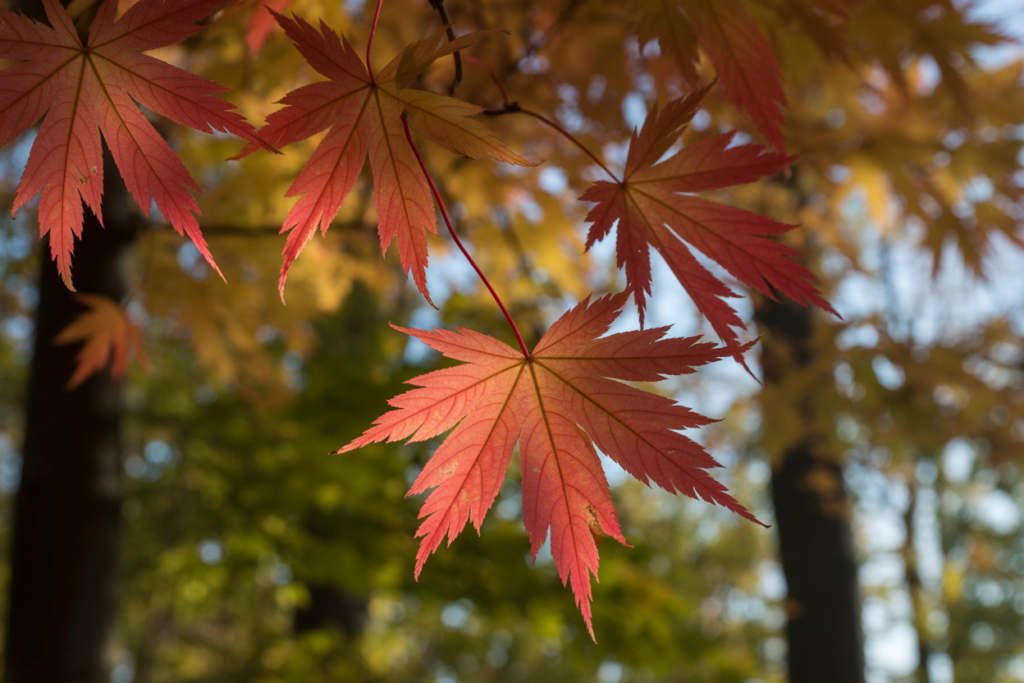Ever notice weird little things around you—like why your fingers wrinkle in water or why cats somehow always land on their feet? Most of us just shrug and move on, but science has answers for these everyday oddities. Here are ten fascinating explanations that reveal the hidden logic behind the quirks we see (and sometimes experience) all the time.
Why Fingers Wrinkle in Water
Your skin prunes up in water not because it’s “soaking,” but because your nervous system triggers it to improve grip. Basically, wrinkly fingers help you hold slippery stuff better—like a built-in rain tire for your hands. Evolution thought ahead, even if it looks weird in the bath.
Why Cats Always Land on Their Feet
Cats use a “righting reflex” that lets them twist mid-air and land paws-first. Their flexible spines and lack of a collarbone make this acrobatics possible. It’s not magic; it’s physics and anatomy working together. And yes, they sometimes fail—don’t test it.
Why Your Stomach Growls
That rumbling sound isn’t just hunger; it’s your intestines moving air and fluid as they clean themselves out. It happens even when you’re full, though it’s louder when you’re hungry because there’s less food to muffle the noise. Basically, your stomach is just doing housekeeping.
Why You Get Brain Freeze
Brain freeze happens when something cold hits the roof of your mouth, causing blood vessels to constrict and then rapidly expand. This triggers pain signals in your head. The quick fix? Press your tongue to the roof of your mouth to warm it back up. Crisis averted.
Why We See Optical Illusions
Your brain loves shortcuts, and optical illusions exploit them. When information is ambiguous, your brain guesses—and sometimes guesses hilariously wrong. That’s why some illusions “move” even though they’re still. It’s basically proof that perception and reality aren’t always best friends.
Why We Yawn When Others Do
Yawning is contagious because of mirror neurons—brain cells that mimic what we see. When someone yawns, our brain fires up the same response automatically. It’s a weird form of social bonding we share with animals like chimps and dogs. Group yawn sessions are basically science in action.
Why Leaves Change Color in Fall
Leaves don’t “turn” colors—they reveal them. During warm months, chlorophyll makes leaves green, masking other pigments. When autumn arrives and chlorophyll breaks down, the oranges and reds finally show through. Nature isn’t painting new colors; it’s just peeling back a layer.
Why Lightning Always Finds the Tallest Thing
Lightning isn’t “aiming” for tall objects, but they’re closest to the charged clouds, so sparks take the shortest path. Trees, buildings, and even unlucky golfers become prime targets. It’s less about favoritism and more about physics finding the easiest route home.
Why We Get Goosebumps
Goosebumps are leftovers from when our ancestors had way more body hair. The raised hairs made them look bigger to predators and trapped warmth in the cold. Today, we just look slightly embarrassed when we get chills from a good song.
Why Hot Water Freezes Faster Than Cold Water
Called the Mpemba effect, this strange phenomenon still baffles scientists but seems tied to evaporation, convection, and molecular quirks in hot water. Weirdly enough, under certain conditions, hot water can freeze faster than cold water. It’s the kind of science fact that makes you say, “Wait, what?”

